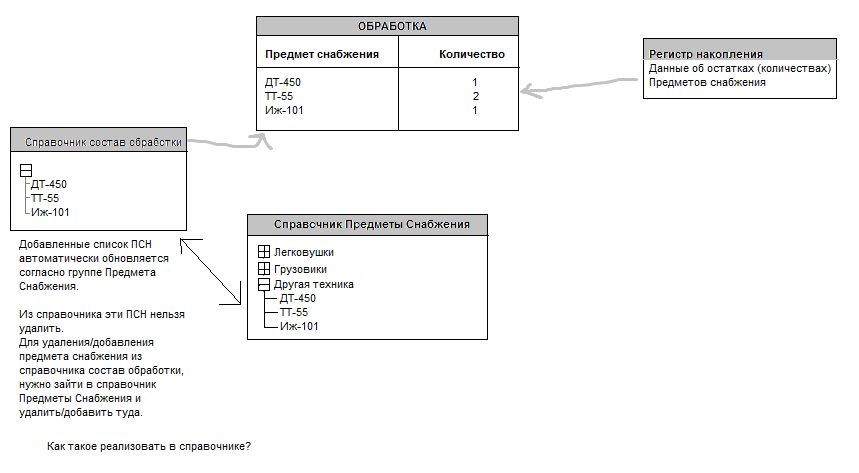Answer the question
In order to leave comments, you need to log in
How to create a group in the 1s directory so that data from another directory is automatically pulled up in this group?
Condition:

Answer the question
In order to leave comments, you need to log in
To the Handbook Composition processing
Didn't find what you were looking for?
Ask your questionAsk a Question
731 491 924 answers to any question